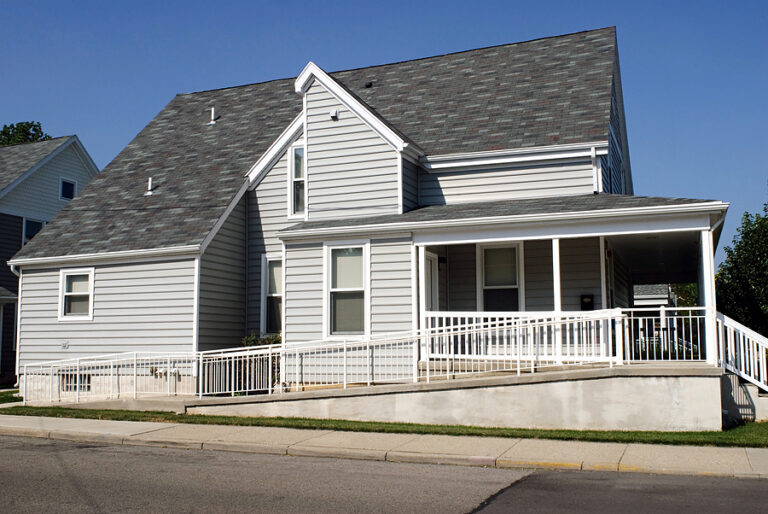Home Accessibility Contractor: Making Your Home More Accessible
As people age or face mobility challenges, making a home more accessible becomes essential for maintaining independence and quality of life. A home accessibility contractor can help you adapt your living space to meet these needs. Here’s a guide to understanding how a home accessibility contractor can make your home more accessible and comfortable.

Why Home Accessibility Matters
Accessibility modifications can significantly improve the quality of life for individuals with mobility issues, disabilities, or age-related challenges. These modifications can make daily tasks easier, increase safety, and enable individuals to remain in their homes longer.
Key Accessibility Modifications
1. Ramps and Stair Lifts
Installing ramps and stair lifts can provide easy access to different levels of your home. Ramps are essential for wheelchair users, while stair lifts can help those who find it difficult to climb stairs. A home accessibility contractor can design and install these features to blend seamlessly with your home’s aesthetic.
2. Wider Doorways and Hallways
Wider doorways and hallways are crucial for wheelchair accessibility. Standard doorways are often too narrow for wheelchairs to pass through comfortably. A contractor can widen these spaces, ensuring smooth and safe movement throughout the home.
3. Accessible Bathrooms
Bathrooms are a common area where modifications are needed. Installing grab bars, walk-in tubs, roll-in showers, and non-slip flooring can make bathrooms safer and more accessible. A home accessibility contractor can customize these features to suit individual needs and preferences.
4. Kitchen Modifications
Making a kitchen accessible involves adjusting the height of countertops, sinks, and cabinets. Lowering these elements can make it easier for individuals in wheelchairs to prepare meals and perform daily tasks. Pull-out shelves and accessible appliances can also enhance functionality.
5. Lever-Style Door Handles
Replacing traditional door knobs with lever-style handles can make it easier for individuals with limited hand strength or dexterity to open and close doors. This simple modification can significantly enhance accessibility throughout the home.
6. Lighting and Controls
Improved lighting and easy-to-reach controls can enhance safety and convenience. Motion-sensor lights, touch-sensitive lamps, and accessible light switches can help individuals navigate their homes more easily. A contractor can also install smart home systems that allow control of lighting, heating, and security features through a smartphone or voice commands.
Choosing the Right Contractor
Selecting the right home accessibility contractor is crucial for ensuring high-quality modifications. Here are some tips for choosing a contractor:
• Experience and Expertise: Look for a contractor with experience in home accessibility modifications. Check their qualifications, certifications, and past projects.
• References and Reviews: Ask for references and read online reviews to gauge the contractor’s reputation and reliability.
• Customized Solutions: Choose a contractor who offers customized solutions tailored to your specific needs and preferences.
• Clear Communication: Ensure the contractor communicates clearly and understands your requirements. They should be willing to discuss options, provide detailed estimates, and answer any questions you have.
Final Thoughts
Making your home more accessible can greatly enhance your quality of life, allowing you to live independently and safely. By working with a professional home accessibility contractor, you can implement modifications that meet your unique needs and ensure your home remains a comfortable and functional space.
For expert help with your home accessibility needs, contact Property Pros at 765-400-PROS. Our experienced team is dedicated to helping you create a more accessible and comfortable living environment.

